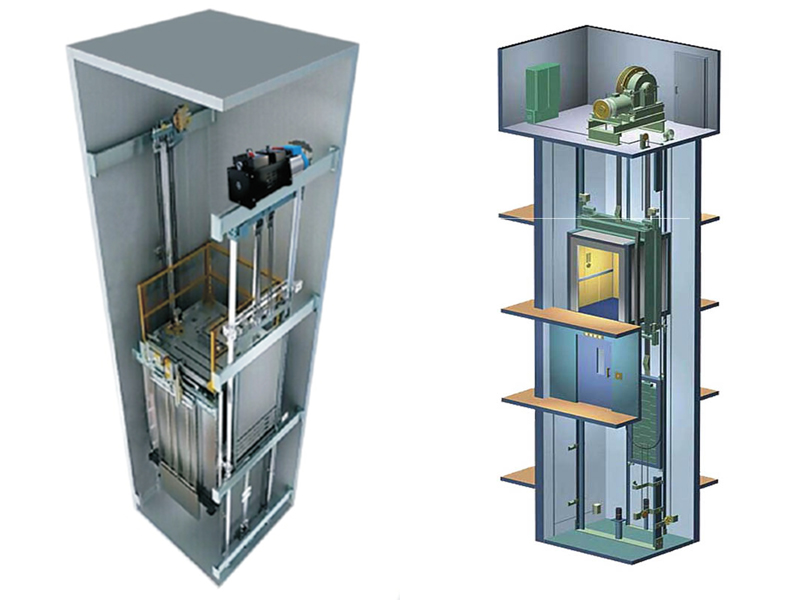Machine Room-Less Traction (MRL-T) elevators are revolutionizing vertical transportation, offering numerous benefits for both builders and users. One such innovation that has gained immense popularity is the Machine Room-Less Traction (MRL-Traction) elevator. MRL-Traction elevators are known for their efficiency, space-saving design, and environmental benefits. In this article, we’ll explore the concept of MRL-Traction elevators, their advantages, and why they are becoming increasingly sought after in the construction and design of commercial and residential buildings.
Understanding MRL-Traction Elevators
MRL-Traction elevators are a remarkable advancement in elevator technology. As the name suggests, these elevators do not require a traditional machine room to house the equipment that powers the elevator. Instead, the essential components are incorporated within the Hoistway, often at the top of the elevator shaft, resulting in a sleek and space-efficient design.
Key Advantages of MRL-Traction Elevators
- Space Efficiency: MRL-Traction elevators are a game-changer when it comes to optimizing space. Without the need for a separate machine room, architects and builders can use the saved space for other purposes, allowing for more flexible design options within a building. This feature is particularly advantageous in high-density urban areas where space is at a premium.
- Energy Efficiency: MRL-Traction elevators are designed to be energy-efficient. They typically use a counterweight system and regenerative drives to reduce power consumption. The regenerative drives harness energy during the descent of the elevator and convert it back into electricity, thus conserving energy and reducing operational costs.
- Smooth and Quiet Ride: The design and technology of MRL-Traction elevators result in a smoother, quieter, and vibration-free ride. This is not only more comfortable for passengers but also contributes to a quieter building environment.
- Cost Savings: While the initial cost of installing an MRL-Traction elevator may be slightly higher than traditional systems, the long-term benefits outweigh the investment. Reduced energy consumption, lower maintenance costs, and space savings make MRL-Traction elevators a cost-effective choice.
- Eco-Friendly: MRL-Traction elevators align with the growing emphasis on sustainability and eco-friendliness in construction. The reduced energy consumption and minimal use of hydraulic fluids make them a greener choice for building owners.
- Quick Installation: MRL-Traction elevators are known for their relatively quick and straightforward installation. This can help builders save time and expedite the completion of a project.
SEO Optimization for MRL-Traction Elevators
To ensure this article reaches a wider audience, it’s crucial to optimize it for search engines (SEO). Here are some key SEO elements to consider:
- Keyword Usage: Incorporate relevant keywords throughout the article, such as “MRL-Traction elevator,” “space-efficient elevator,” and “energy-efficient vertical transportation.”
- Headings and Subheadings: Use descriptive headings and subheadings to structure the content and include keywords where appropriate.
- Meta Tags: Craft compelling meta titles and descriptions that include primary keywords to enhance click-through rates from search engine results.
- Internal and External Links: Link to related articles on your website and include authoritative external links to reputable sources.
- Mobile Optimization: Ensure that the article is mobile-friendly, as Google rewards mobile-responsive websites with higher rankings.
Conclusion
Machine Room-Less Traction elevators represent a significant leap forward in vertical transportation technology. Their space-saving design, energy efficiency, and eco-friendliness have made them a preferred choice for architects, builders, and building owners. By understanding the advantages of MRL-Traction elevators and optimizing for SEO, you can stay informed and ensure your valuable insights reach a broader audience in the construction and design industry.

